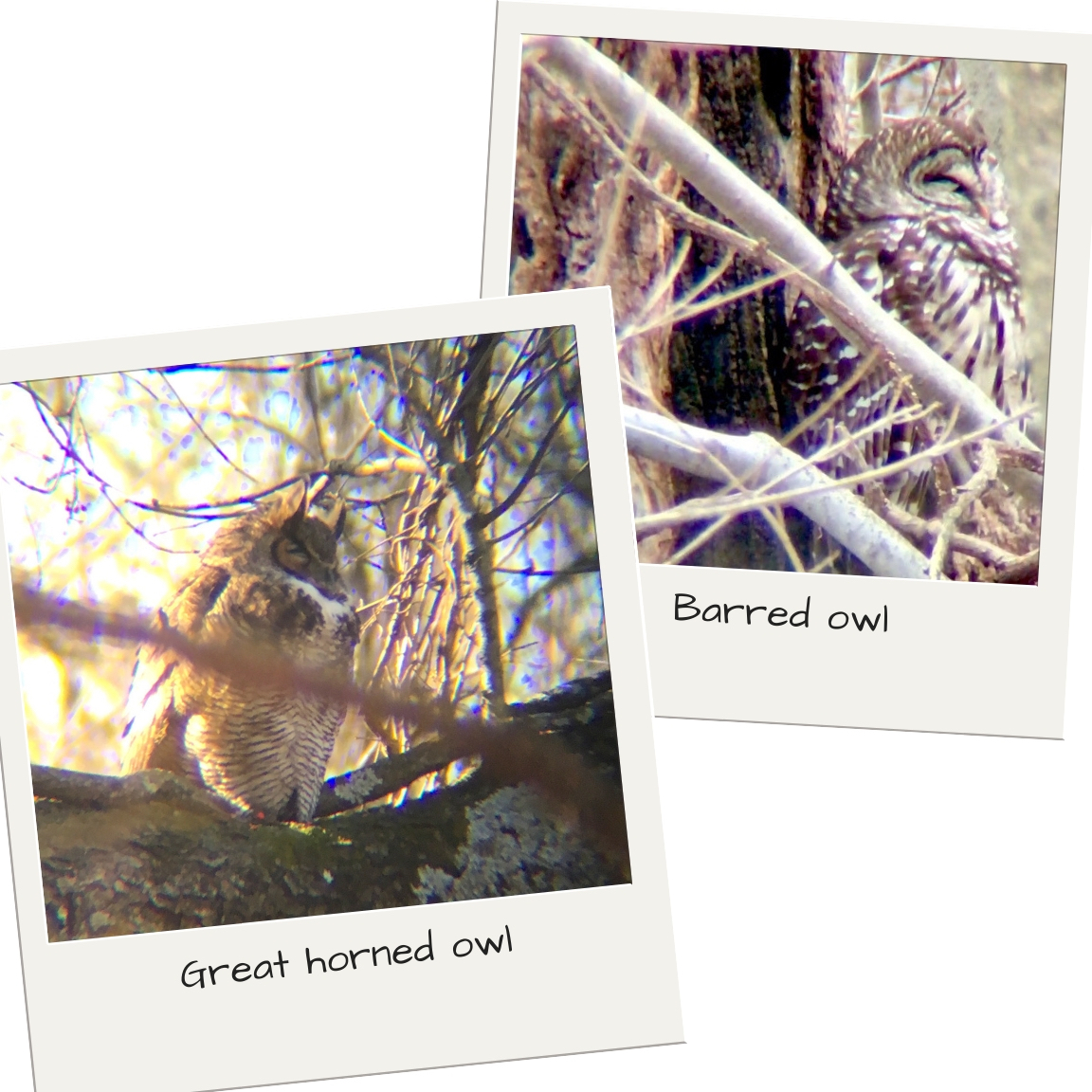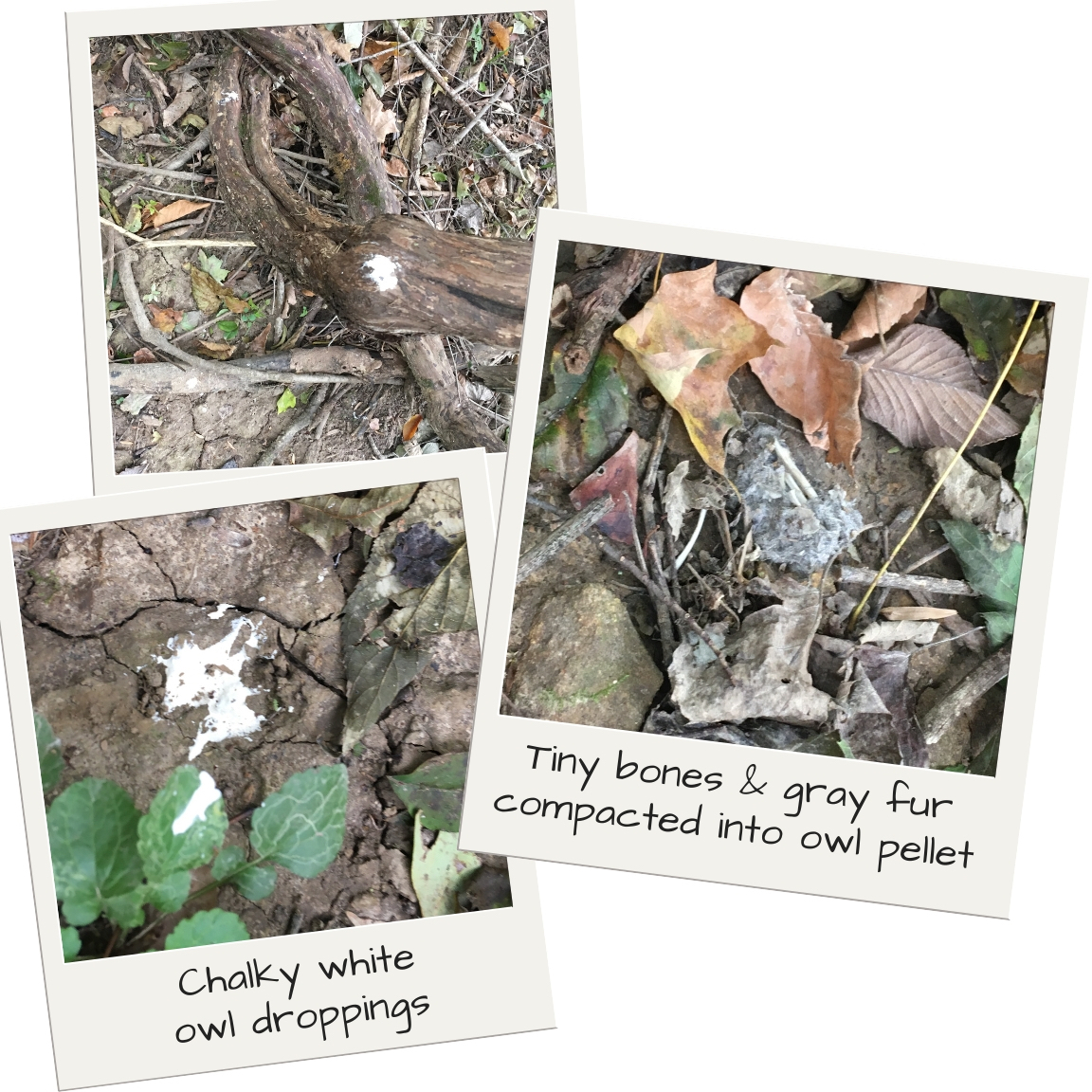If the cold weather and dark skies of the season are starting to get you down, take a cue from our NATURE contributor Susan Brackney and try this winter past time to get you through the bleakest time of year…

Photo by Doug Kelley
I once dreaded winter’s teeth-rattling temperatures and gray skies, but now I look forward to the season. And I owe it all to owls. Turns out, they’re much easier to see (and hear!) during winter. Never been owl-spotting before? If the cold doesn’t take your breath away, finding your very first owl surely will. Follow these tips to get started—and to ensure you don’t inadvertently disturb any owls in the process.
Identify Habitat
Geography and available habitat will determine which owls you might see. (Where I live, Eastern Screech Owls, Barred Owls, and Great Horned Owls prevail.)
You don’t have to venture deep into a forest to find owls; in fact, many, like the wide-ranging Great Horned Owl, have adapted to fragmented landscapes. Wooded strips near open fields simultaneously provide safe nesting sites and good hunting grounds. Standing, dead trees with large cavities and tangles of old vines are especially owl-friendly. Public parks and preserves can be ideal, but, wherever you go, don’t trespass. Get permission before exploring private lands.

Be Prepared
Although you shouldn’t go out if it’s dangerously cold, hiking during average winter days can be pleasant—provided you’re warm and dry. Stay extra-toasty with wool socks, heavy boots, multiple layers, waterproof coveralls, and a balaclava. Also, bring water and binoculars and tell someone where you’re going.
Ssssh!
Silence your cell, move quietly, and, if you bring a friend, don’t chat. Stop, relax, and listen. Many owls pair up in late winter, so you might hear would-be mates calling to one another. (Although they’re most vocal at dawn and dusk, I’ve heard them on overcast afternoons!) If you’ll be out in the evening, use only red-tinted lighting. (Red light doesn’t interfere with nocturnal animals’ night vision. White light does.)
Look Up and Down
Owls hunt at night and typically rest by day, so, scan the treeline silhouetted against the winter-white sky, and you might see a napping owl. Unlike squirrels’ nests, owls look like symmetrical, fuzzy footballs. (Great Horned Owls’ cat-like ears are another giveaway.) Spotted something? Use binoculars to briefly admire the owl. (Don’t stare—this could alert it to your presence and cause distress.)
Owls also leave clues on the ground. Beneath dead trees, look for “whitewash”—chalk-like droppings—and owl pellets. (Owls regurgitate these compacted, indigestible remnants after meals.) If you see these, there’s likely an owl gazing down at you. Note the location, so you can peek later from farther away.

Stay Back
You shouldn’t cause owls to feel threatened or to fly away, so, always keep a respectable distance—particularly if you want to shoot photos. Because I use a tripod and long-distance spotting scope, the owls I photograph seldom notice me. (See the North American Nature Photography Association’s “Ethical Field Practices” for details.)
Help Out
Live near owls? Avoid rodent poisons! Owls feeding on poisoned animals can themselves become poisoned and die. Also, avoid tossing food remnants out the car window. Owls hunting scrap-eaters along roadways are frequently hit by cars.
